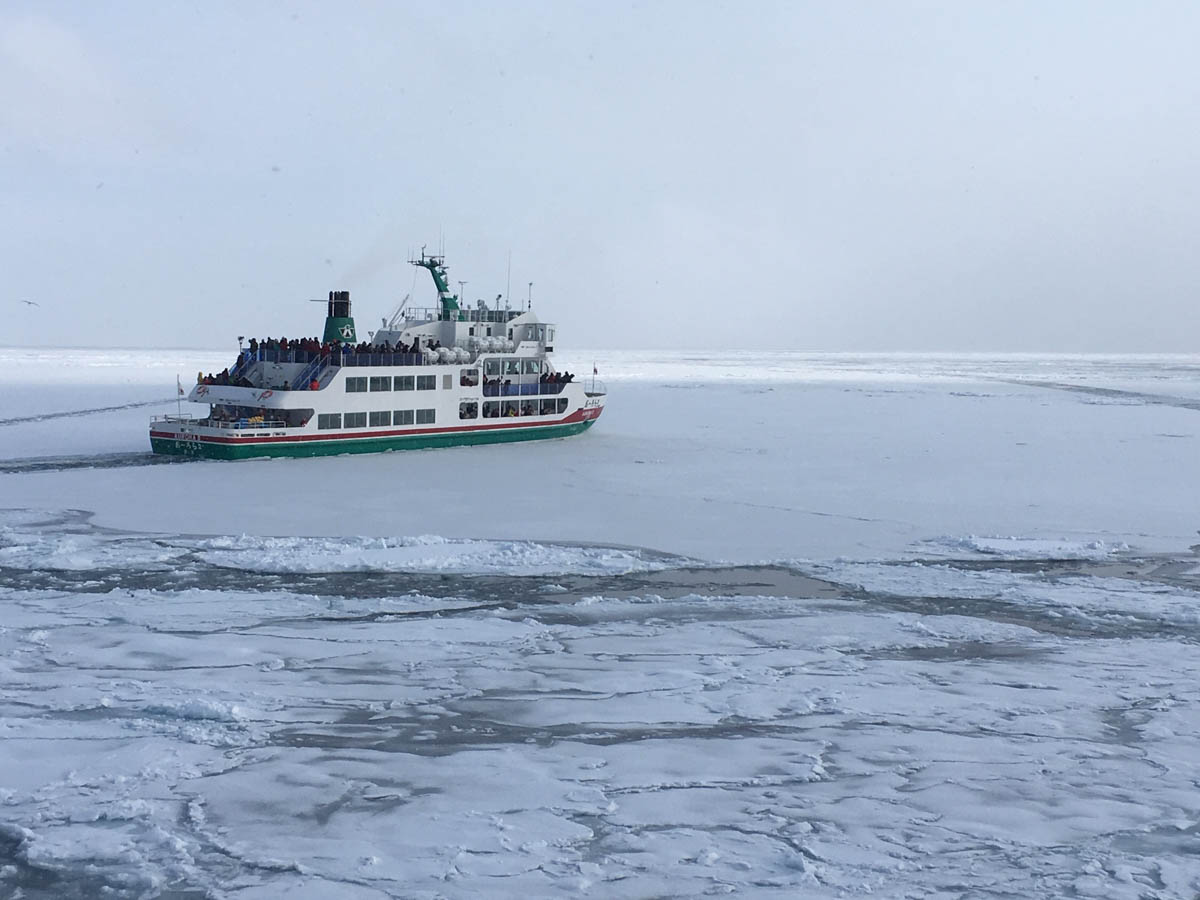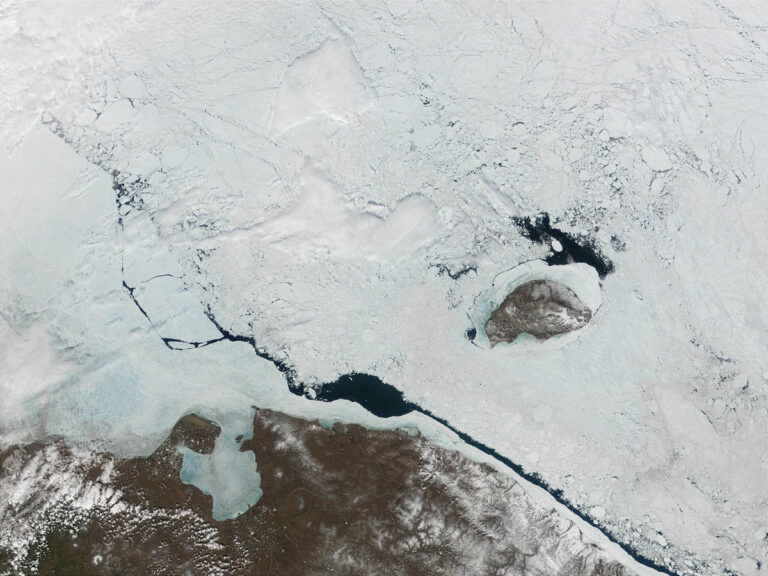Sea ice that is not affixed to the shoreline or any other stationary object (shoals, grounded icebergs, etc.) is known as drift ice or brash ice. Drift ice gets its name from the fact that it is moved by winds and sea currents, as opposed to fast ice, which is “fastened” to a stationary object. Pack ice is created when drift ice is compressed into a sizable single mass with greater than 70% covering. That ice can accumulate in ridges up to dozens of meters thick due to wind and currents. These pose a problem for offshore constructions and icebreakers that operate in chilly seas and oceans.
Ice floes, or separate chunks of sea ice 20 meters (66 feet) or more across, are what make up drift ice. Small floats are 20 meters (66 feet) to 100 meters (330 feet); medium floats are 100 meters (330 feet) to 500 meters (1,600 feet); big floats are 500 meters (1,600 feet) to 2,000 meters (6,600 feet); vast floats are 2 kilometres (1.2 miles) to 10 kilometres (6.2 miles); and giant floats are more than 10 kilometres (6.2 miles).
The effects of drift ice include:
- Navigational security
- Impact of the climate:: Impact of geology
- Influence of the biosphere
When pushed against structures, drift ice may exert great power and tear off propellers and rudders off ships as well as strong structures like piers anchored to the shore. To prevent damage, these structures need to be detachable or retractable. Ships may also become trapped between drifting ice floes.
The Arctic and Antarctic ice packs are the two main ice packs. The polar ice packs that form from saltwater in the polar regions of Earth—the Antarctic ice pack of the Southern Ocean and the Arctic ice pack of the Arctic Ocean—are the most significant areas of pack ice. The amount of polar packs varies dramatically throughout the year as the seasons change. Global climate changes are greatly influenced by the behaviour of polar ice packs due to the enormous volumes of water that are added to or removed from the oceans and atmosphere.

One of Japan’s 100 Soundscapes, the seasonal ice drift in the Sea of Okhotsk off the northern coast of Hokkaidō is now a popular tourist destination. The southernmost region in the Northern Hemisphere where drift ice can be seen is the Sea of Okhotsk.







